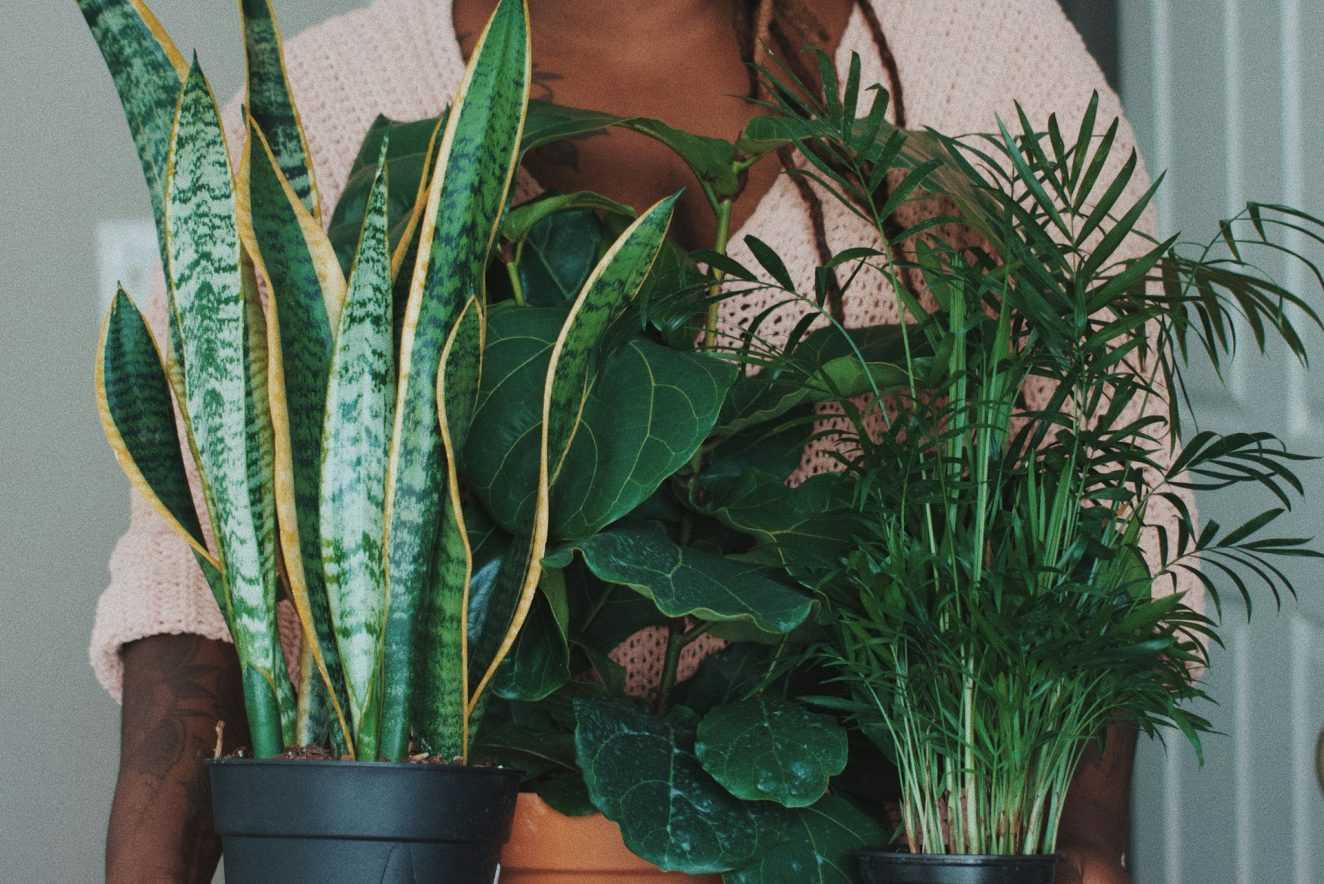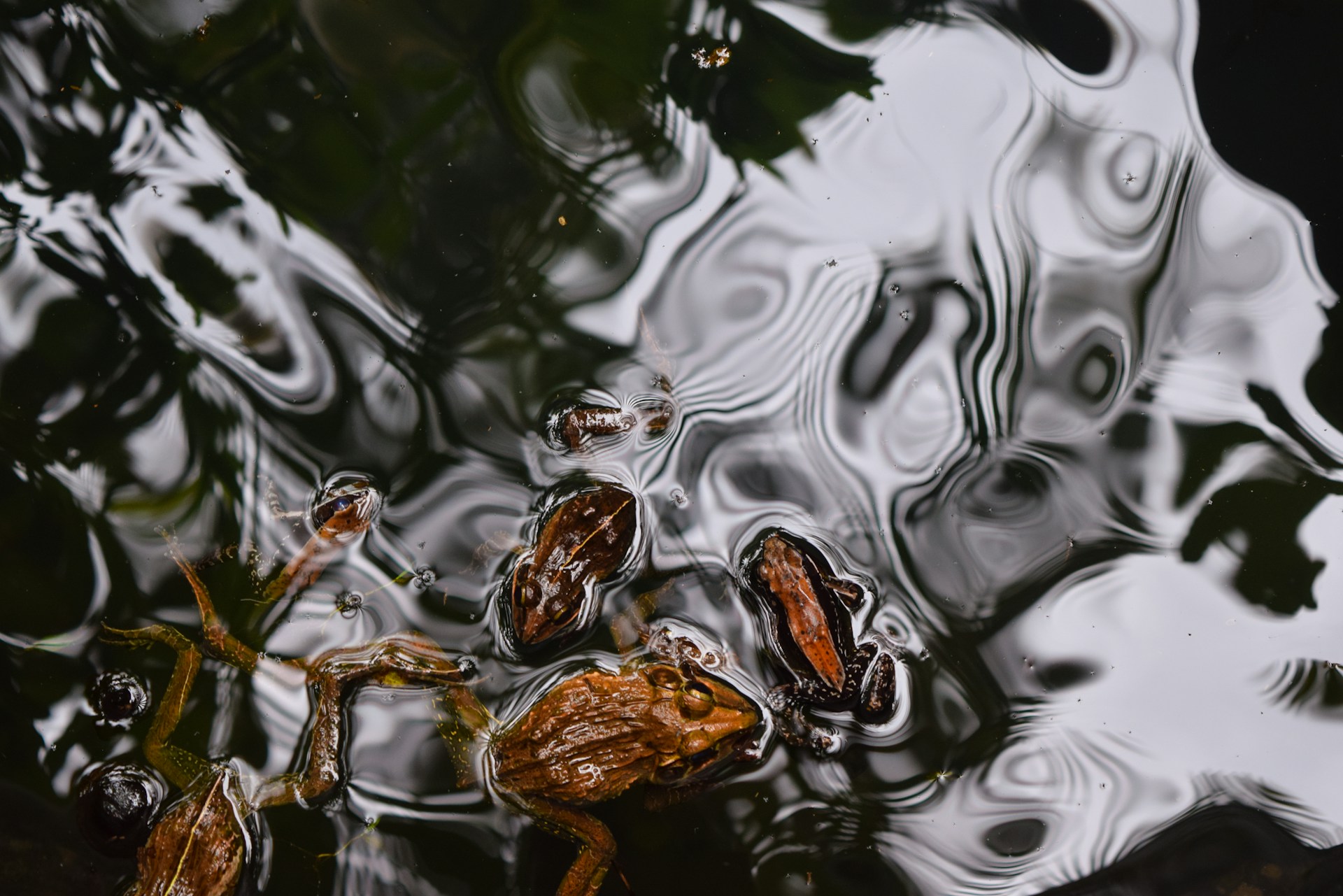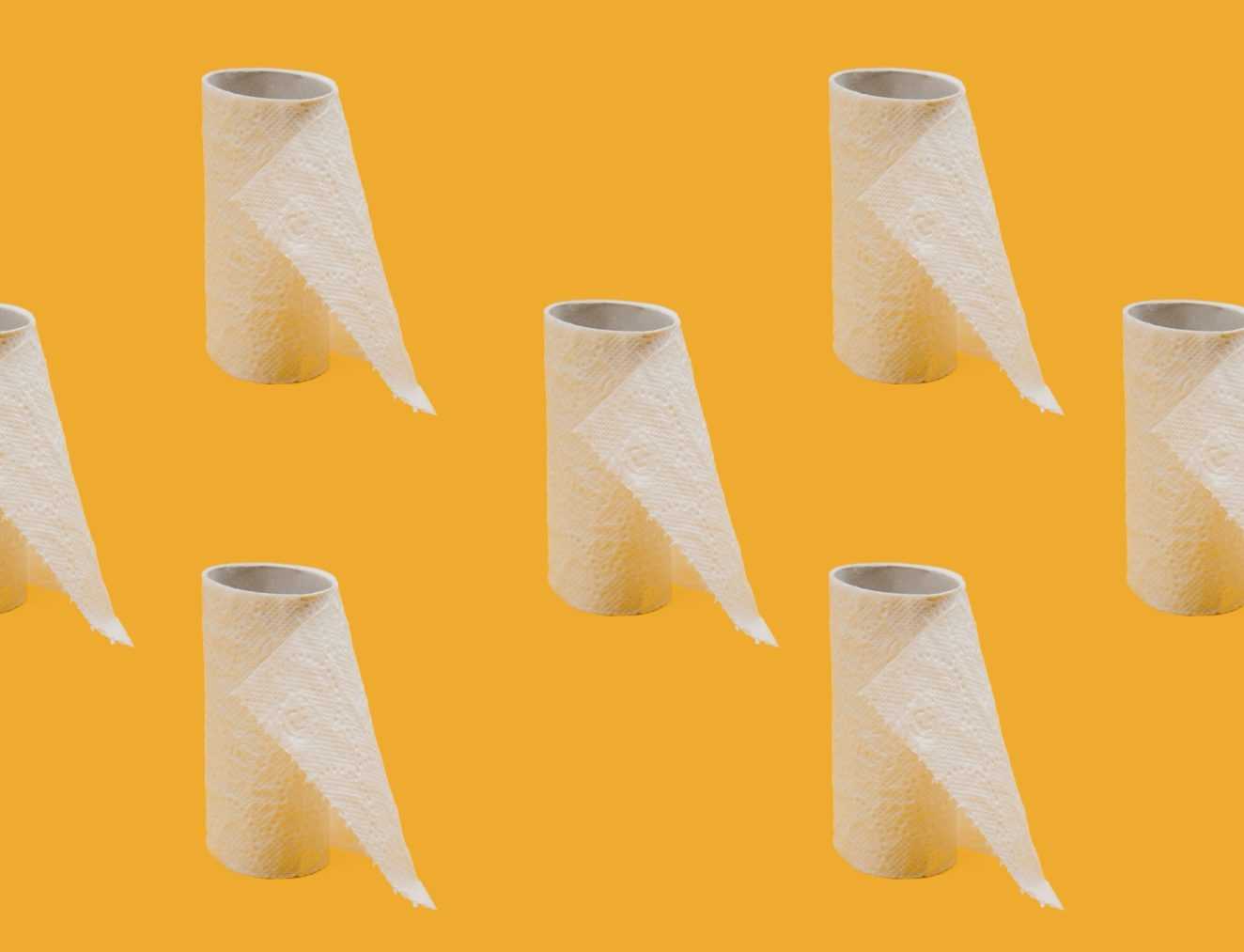Let’s face it—plants are the underappreciated catalysts of our survival on Earth. They don’t just look good and brighten up a room, they’re also doing the vital job of keeping us alive by producing oxygen. In fact, areas with dense vegetation tend to have cleaner, fresher air, something we’re all longing for as pollution levels keep rising. Asthma, bronchitis, and other respiratory issues are becoming more common, thanks to poor air quality. While we can’t completely escape pollution, there is a way to breathe easier—bring the greenery indoors!

Indoor plants not only add beauty to your space but can also help boost oxygen levels, reduce harmful toxins, and improve your overall air quality. Ready to meet the oxygen powerhouses of the plant world? Let’s dive into the top 10 indoor plants that’ll help you breathe better, one leaf at a time.
1. Pothos
First on the list is the beloved Pothos—the plant that’s not only easy on the eyes but also a breeze to care for. But here’s where it gets interesting: pothos is a champ at sucking pollutants like formaldehyde, benzene, and carbon monoxide out of the air. It’s like having a natural air purifier right in your living room! Plus, pothos doesn’t just filter the air during the day; it works at night too, making it the ultimate oxygen-producing machine.
If you’ve got pothos in your home, congrats! You’ve already boosted your indoor air quality and taken a step toward better breathing.
2. Areca Palm
If you want to go big, Areca Palm is your plant. Known by many names like golden palm and butterfly palm, this tropical beauty doesn’t just give your space that exotic feel—it works wonders in pumping out oxygen. Two large areca palms can significantly increase the oxygen levels in your home.
Not only that, but they’re pros at removing harmful toxins like formaldehyde and benzene, so your air is not just more oxygen-rich, but cleaner too. Think of it as your very own tropical oasis, minus the beach but with all the benefits!
3. Snake Plant
Snake Plant, often humorously referred to as “Mother-in-Law’s Tongue,” is another top-tier oxygen producer. Snake plants are famous for their ability to produce oxygen at night. Unlike most plants that take in oxygen when the sun goes down, this one continues releasing oxygen around the clock! So, go ahead—place a snake plant in your bedroom and watch your sleep quality improve.
Oh, and let’s not forget, NASA itself gives snake plants a thumbs-up for filtering out pollutants like formaldehyde and benzene. It’s basically the plant version of a night shift worker, making sure you’re breathing easy while you sleep.
4. Spider Plant
Don’t let its delicate appearance fool you—Spider Plant is a powerhouse when it comes to oxygen production. The long, tendril-like leaves not only look striking but also work hard to filter harmful gases like carbon monoxide and formaldehyde.
Fun fact: spider plants are also known to give off positive energy, so while you’re breathing better, your stress levels may just drop too. A win-win if you ask me!
5. Peace Lily
Not only is the Peace Lily elegant with its striking white blooms, but it’s also an air-cleaning and oxygen-increasing superstar. It doesn’t just sit pretty; it actively removes harmful pollutants like benzene and trichloroethylene from the air. If you’re looking for a plant that’s easy to care for and provides a breath of fresh air—literally—then peace lilies are a must-have.
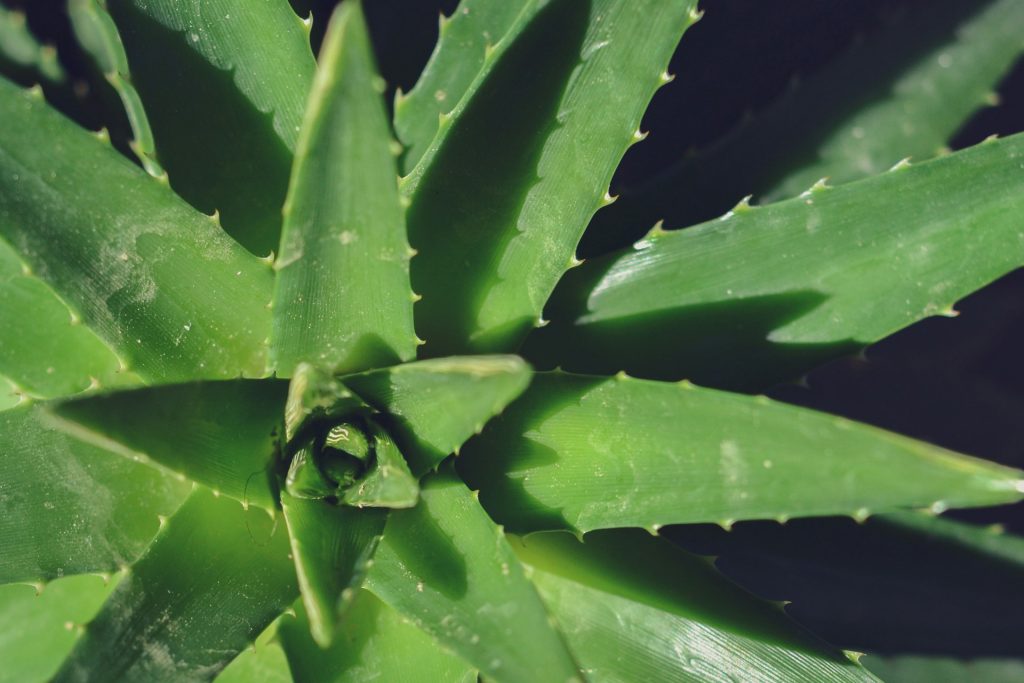
6. Aloe Vera
We all know Aloe Vera for its amazing skincare and health benefits, but did you know it’s also a fantastic oxygen booster? Aloe vera is unique in that it produces oxygen at night, making it ideal for your bedroom.
Plus, aloe vera removes toxic chemicals like formaldehyde and benzene from the air, which are found in household cleaning products. This spiky little plant isn’t just good for sunburns—it’s also a solid air cleaner and oxygen producer.
7. Gerbera Daisy
Who says your oxygen-producers have to be all green? Meet Gerbera Daisy, the bright, colorful addition to your plant family that also happens to be fantastic at producing oxygen.
According to NASA’s Clean Air Study, gerberas eliminate pollutants like formaldehyde and benzene, all while releasing oxygen at night. If you suffer from sleep apnea or other breathing problems, having a few gerbera daisies on your bedside table might help you wake up feeling more refreshed.
8. Tulsi (Holy Basil)
Commonly known as Tulsi or Holy Basil, this plant is not just important in religious rituals—it’s also a miracle worker for your air quality. Tulsi is known for producing oxygen 20 hours a day and filtering out toxic gases like carbon monoxide, sulfur dioxide, and carbon dioxide.
Plus, tulsi is loaded with health benefits. It helps relieve stress, asthma, and even high blood pressure. So, you get a plant that not only improves the air you breathe but also boosts your overall well-being.
9. Weeping Fig
Weeping Fig, or ficus tree, may not demand attention, but it certainly deserves it when it comes to oxygen production. Its dense leaves increase oxygen levels and filter out nasty VOCs (volatile organic compounds) like formaldehyde and benzene. The research-backed benefits of weeping figs make them an excellent addition to any home or office.
10. Bamboo Palm
Closing our list is the grand Bamboo Palm. Not only does it give your home that zen-like vibe, but it’s also a powerhouse at removing airborne toxins and releasing ample amounts of oxygen. Bamboo palms are particularly great for large rooms where they can spread out and maximize their air-purifying potential.
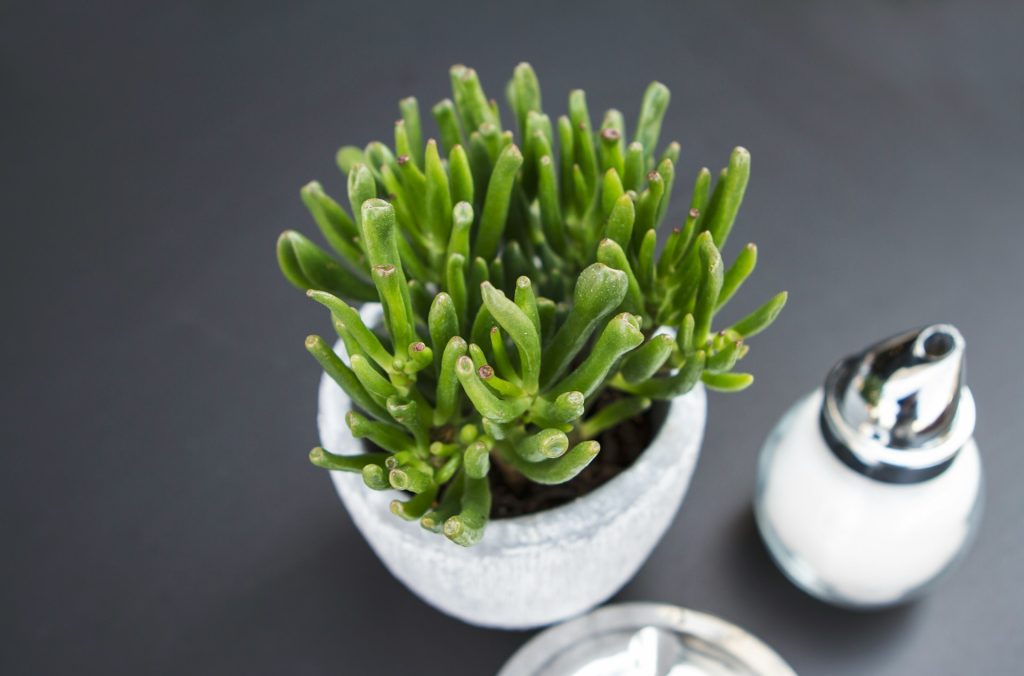
There you have it! The top 10 oxygen-producing indoor plants that can enhance your living space, improve your air quality, and even help you sleep better. It doesn’t matter if you’re a seasoned plant parent or a green-thumb newbie, these plants are a great way to spruce up your home while reaping the benefits of cleaner air and higher oxygen levels.
So, how many of these oxygen-boosting beauties will you be adding to your home? Go green, breathe easy, and enjoy the endless benefits of these amazing indoor plants!

